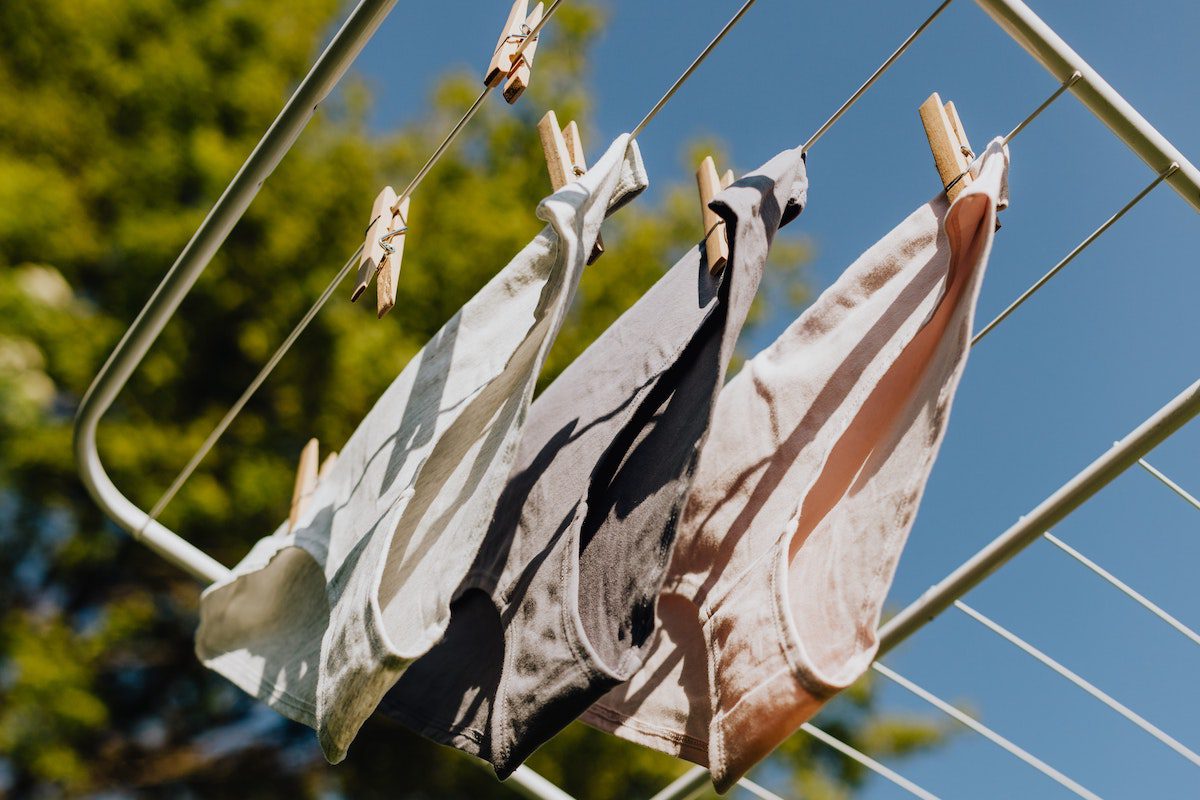How Your Attachment Style May Impact Your Relationships
Relationships are complicated. And no – I am not just talking about romantic or sexual relationships. Humans are social beings. We put a lot of energy into building and nurturing relationships, but often we are met with challenges. We may find ourselves asking am I being assertive enough with my colleagues? Do my roommates think I’m annoying when I am asking for reassurance? Why do I want affirmation sometimes, but need not be bothered at other times? These questions and concerns are normal.
Each of us has different needs and desires in relationships, but we may not understand where they come from. Understanding our attachment style and how it influences our participation in relationships is one step in the direction of feeling confident and secure.
You may have seen this phrase “attachment style” floating around social media recently. Attachment theory has had a significant renaissance as people are concerned about relationships in the time of coronavirus. Foster Kamer, a writer for the New York Times, states about a popular book on attachment, “Attached exploded in popularity around the start of the pandemic as single people wondered if they’d be alone the next time the world felt as if it was ending.”
Whether or not you have read Attached, it is likely you have thought about your own attachment in the context of your relationships. Below, I will discuss each of the four attachment styles, how they form, and what your style may say about your relational experiences. And just for fun, I’ll also include a character from the hit television show Euphoria as an example for each attachment style.

The Four Styles of Attachment
Before I provide formal definitions of the four styles of attachment, it’s important to know how attachment styles form. Our attachment styles are rooted in our early relationships with our primary caregivers. These caregivers are often parents, but can also be grandparents, nannies, school personnel, etc. The consistency and safety of these relationships is what contributes to how we attach to other people later in life. For each attachment style, I will describe what the consistency and safety of the primary caregiver likely looked like.
Secure attachment
Someone who has a secure attachment pattern is able to engage in healthy relationships with others. It is likely that they felt secure and consistent with their primary caregiver growing up and knew they could count on them. In adult relationships, securely attached people are able to easily trust, respect, and communicate with others. Neither relying on another person, nor being relied on by someone brings difficulty for someone who is securely attached. Though someone with secure attachment may not have major needs in relationships, it is valuable for them to realize that other people may have different needs.
It is estimated that roughly fifty percent of the population has a secure pattern of attachment. While most of the characters on Euphoria experience attachment challenges, Lexi appears to have secure attachment. This is seen in how she is able to maintain relationships with each character without having significant distress (for now).
Avoidant attachment
Someone who has an avoidant pattern of attachment values independence and may feel discomfort when other people rely on them. This often relates to having a primary caregiver who wasn’t dependable or who didn’t allow them to explore appropriate levels of independence. This person may have had a “helicopter parent” or a caregiver who was unable to keep promises. Later in life, someone with avoidant attachment may experience someone relying on them as needy or overwhelming.
To overcome these challenges, it is helpful for someone with avoidant attachment to set boundaries with the people in their life regarding alone time and communal time. It is also helpful for them to reflect on why it’s challenging for them to be needed. It is estimated that twenty-five percent of people experience avoidant attachment. Euphoria’s narrator, Rue, is a classic example of someone with avoidant attachment patterns. Rue struggles to get close to others and experiences challenges when people depend on her.
Anxious attachment
Someone who has an anxious pattern of attachment typically values affirmation and quality time in their relationships. This pattern of attachment often relates to having primary caregiving relationships in which their needs were not adequately met. In adulthood, someone with anxious attachment may feel the need to be reassured frequently due to fearing rejection and abandonment.
To manage these challenges, someone with anxious attachment can practice independently identifying how their primary relationships are stable before asking for reassurance. Additionally, engaging in positive and authentic self-affirmation activities can support an anxiously attached person in building confidence. It is estimated that twenty percent of the population has an anxious attachment style. Rue’s best friend and love interest Jules is an example of someone from Euphoria who exhibits anxious attachment. Jules experienced neglect from her mother and has fears of rejection in her relationship with Rue.
Disorganized attachment
Someone who had disorganized attachment typically values independence and also needs reassurance. They typically experience challenges in building close intimate relationships with others while also fearing rejection and abandonment. Disorganized attachment is a more severe attachment pattern that often develops due to having unresolved trauma and/or abuse in their caregiving or close intimate relationships.
It is important for someone with a disorganized pattern of attachment to engage in therapy or another healing intervention to support their forward growth. It is estimated that five percent of people experience disorganized attachment. Disorganized attachment is also commonly referred to as anxious-avoidant attachment or fearful attachment.
A final character from Euphoria who fits the disorganized attachment style is Nate. Nate had significant friction in his relationship with his father growing up that I would identify as abusive. Nate appears to experience disorganized attachment in the way that he seeks connection, but cannot get too close.
Though secure attachment allows others to most easily experience comfort in relationships, everyone is capable of building secure attachment with the right support systems. Use this resource to learn about your attachment style and what supports you may need to engage in healthy relationships.












